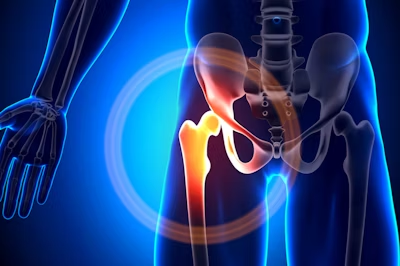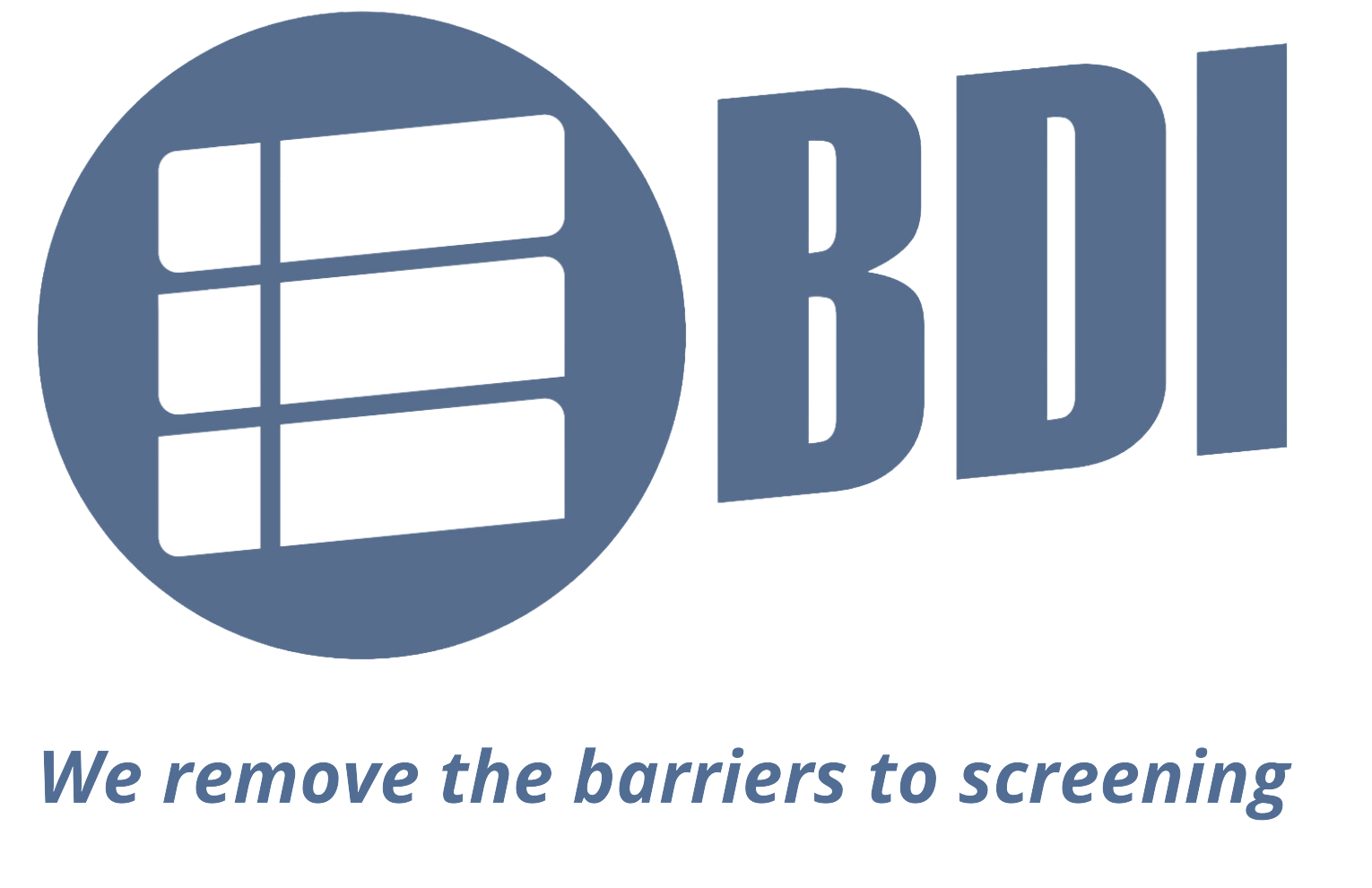
Bone density measured on noncontrast cardiac CT can help predict future fractures, researchers have found.
A team led by Dong Li, MD, PhD, of Emory School of Medicine in Atlanta and senior author Matthew Budoff, MD, of the University of California, Los Angeles, reported that patients with low trabecular bone mineral density (BMD) of thoracic vertebrae identified on noncontrast cardiac CT scans showed a 1.57-fold greater risk of first hip fracture and an almost three-fold increased risk (hazard ratio, 2.93) of first vertebral fracture compared to individuals with normal BMD.
“This is one of the first studies to demonstrate that CT BMD derived from thoracic vertebrae can predict future hip and vertebral fractures,” the team wrote. The findings were published March 22 in Osteoporosis International.
Osteoporosis affects many people — of both sexes and all races — and its prevalence is increasing as the U.S. population ages, Li and colleagues explained. Research regarding the association between vertebral trabecular bone mineral density (vBMD) and osteoporosis-related hip fracture has been scarce, and no studies have demonstrated the predictive value of vBMD for fractures.
Li’s team investigated whether bone mineral density information culled from noncontrast cardiac CT scans of the thoracic vertebrae could predict risk of hip and vertebral fractures; the scans were conducted for other indications, and thus considered “opportunistic” in this context. The study consisted of information from the Multi-Ethnic Study of Atherosclerosis (MESA) — a study funded by the National Institutes of Health (NIH) — and included 6,814 people from six U.S. medical centers. The group used software from Bone Density Inc (BDI) to assess the CT data (Budoff is BDI’s chief medical officer).
Of the study participants, 27.6% had osteoporosis. The team noted that very low BMD is categorized as less than 80 mg/cm3, low as between 80 mg/cm3 to 120 mg/cm3, and normal as more than120 mg/cm3.
The investigators also found the following:
- Over a follow-up period of 17.4 years, white patients had a higher rate of vertebral fractures (6.9%), followed by Blacks (4.4%), Hispanics (3.7%), and Chinese (3%).
- Hip fracture patients had a lower baseline vBMD measured by quantitative CT than the non-hip fracture group by 13.6 mg/cm3 (p < 0.001).
- Mean BMD in the vertebral fracture population was lower by 18.3 mg/cm3 (p < 0.001) than in the non-vertebral fracture population.
- This association between low BMD and fracture was not influenced by factors such as age, gender, race, body mass index, hypertension, current smoking, medication use, or activity.
The study results could improve patient care by making use of the clinical information CT offers, according to Li and colleagues.
“This study demonstrates that thoracic vertebrae BMD, as measured on cardiac CT (QCT), can predict both hip and vertebral fractures without additional radiation, scanning, or patient burden,” they wrote. “Osteopenia and osteoporosis are markedly underdiagnosed. Finding occult disease affords the opportunity to treat the millions of people undergoing CT scans every year for other indications.”

